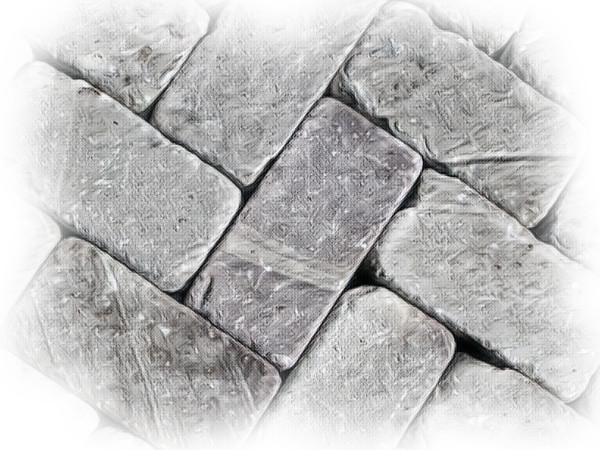Setts, cubes and cobbles
Often confused, setts and cubes and cobbles are all pieces of natural stone, never more than 300mm, but the format of each, and they way in which they are laid, can be radically different. Once commonplace, nowadays a feature of pedestrian and low-speed areas such as driveways and shopping streets. A thing of true beauty when laid properly, but just how is that achieved?
Setts, Cubes and Cobbles
Setts are small blocks of dressed stone, usually having six identifiable sides. They are distinct from cobbles, which do not have definite sides. This page gives an overview of the materials used and acts as a link page for other topics such as construction, jointing and detailing.
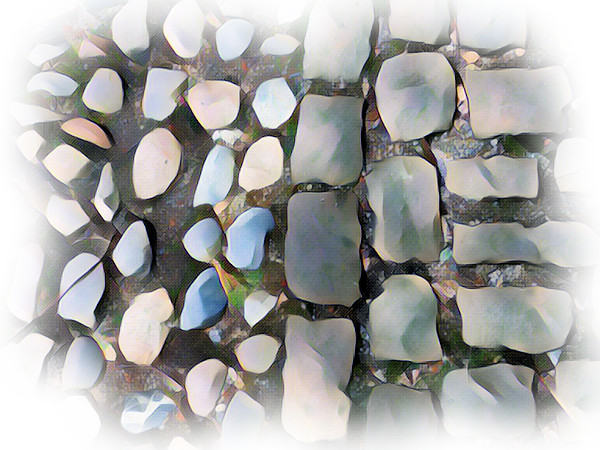
An Introduction to Sett Laying Techniques
This page provides an overview of the two principle methods of constructing pavements using setts. It provides links to pages which go into much greater detail for each method.
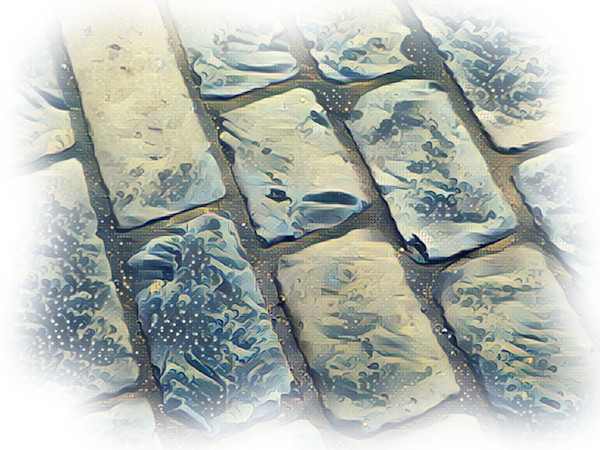
Laying Setts - Rigid Construction
This page examines the methods of constructing rigid pavements using setts, small blocks of dressed stone with, usually, six identifiable faces. Rigid pavements have bound bedding, usually cement based, and similar jointing to create a fully rigid or solid surface on completion.
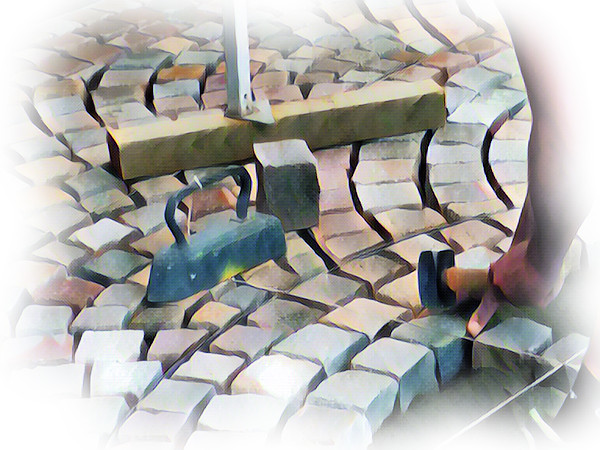
Laying Setts - Flexible Construction
This page considers the methods of constructing flexible or unbound pavements using setts. Flexible pavements have loose, unbound bedding, usually sand or fine aggregate, and similar jointing to create an unbound or flexible surface on completion.
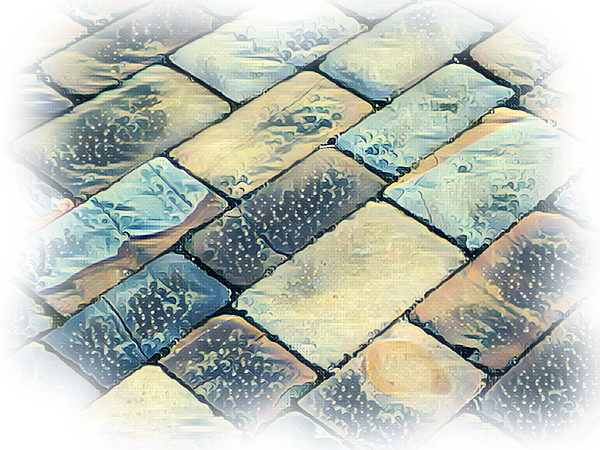
Laying Setts - Jointing Methods
This page looks at the more popular methods of jointing sett pavements, including cement mortars, resin mortars, pitch and loose, unbound aggregate, and considers which may be the more appropriate for any given project.

Laying Reclaimed Setts
Many projects like to recreate an alleged 'authentic' look by using salvaged or reclaimed setts rather than new, so this page looks at the issues raised and the techniques required to ensure as authentic a finish as is possible when constructing such a pavement.
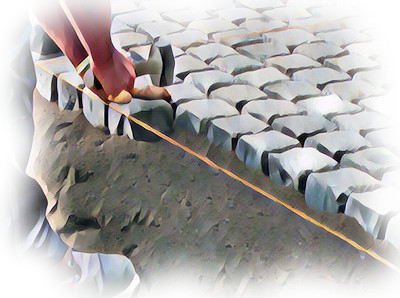
Cobbles and Duckstone Paving
This page takes a look at the use of cobbles, the rounded, natural, undressed small-boulder-like stones used for paving, giving an overview of the many terms used for cobbles, and considers their use as a paving material.
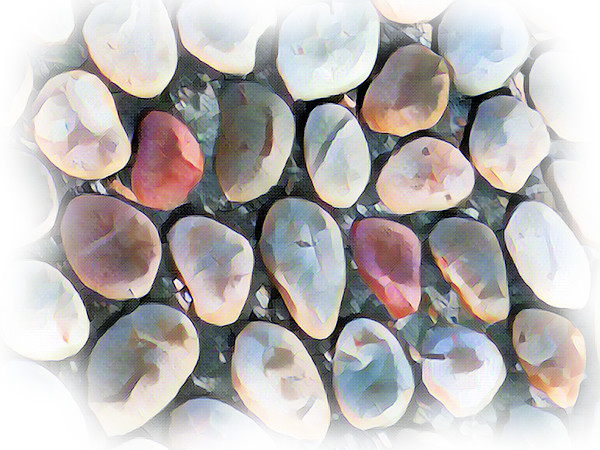
Laying a Cobble Pavement
This page details the construction of cobble pavements, using both traditional and modern methodologies. Cobbles are distinct from setts, in that they are usually rounded, undressed small, boulder-like pieces of stone, whereas setts usually have six identifiable sides.

Stone Block Pavers
Over recent years accurately cut stone pavers with tolerances comparable to those of blocks pavers have become more readily available. This page looks at one particular installation as a case study where they've been laid as a form of block paving.
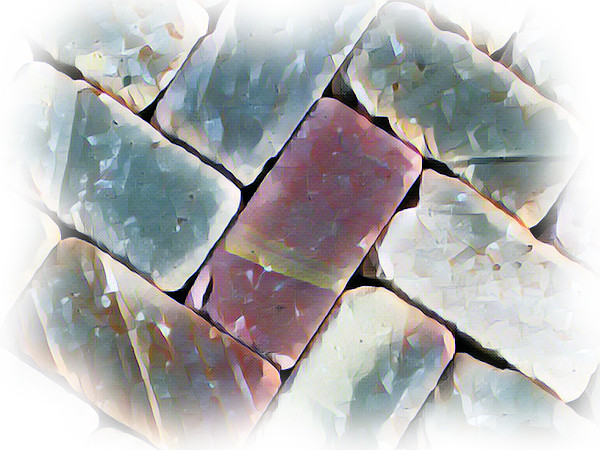
Stone Block Pavers
This page features additional photographs taken from the installation of stone block paving to a property in the north Midlands of England.
